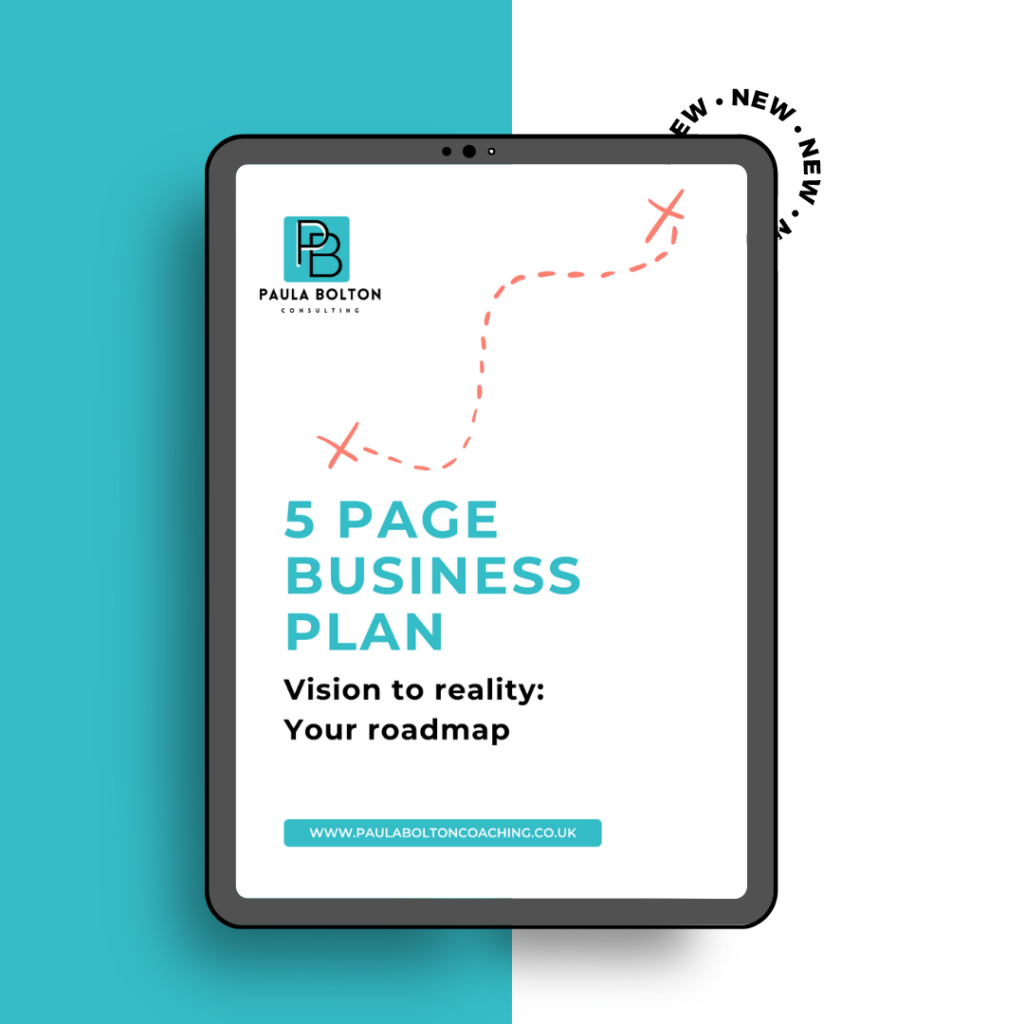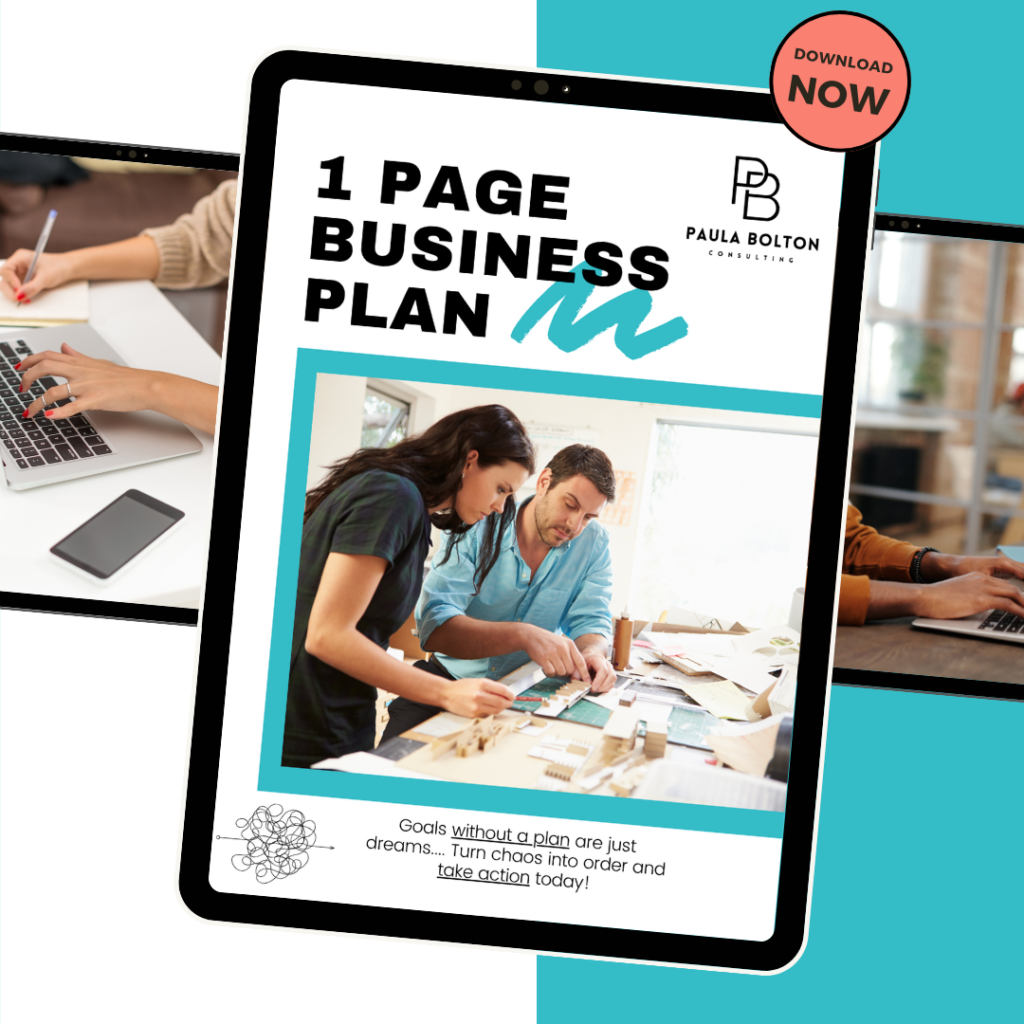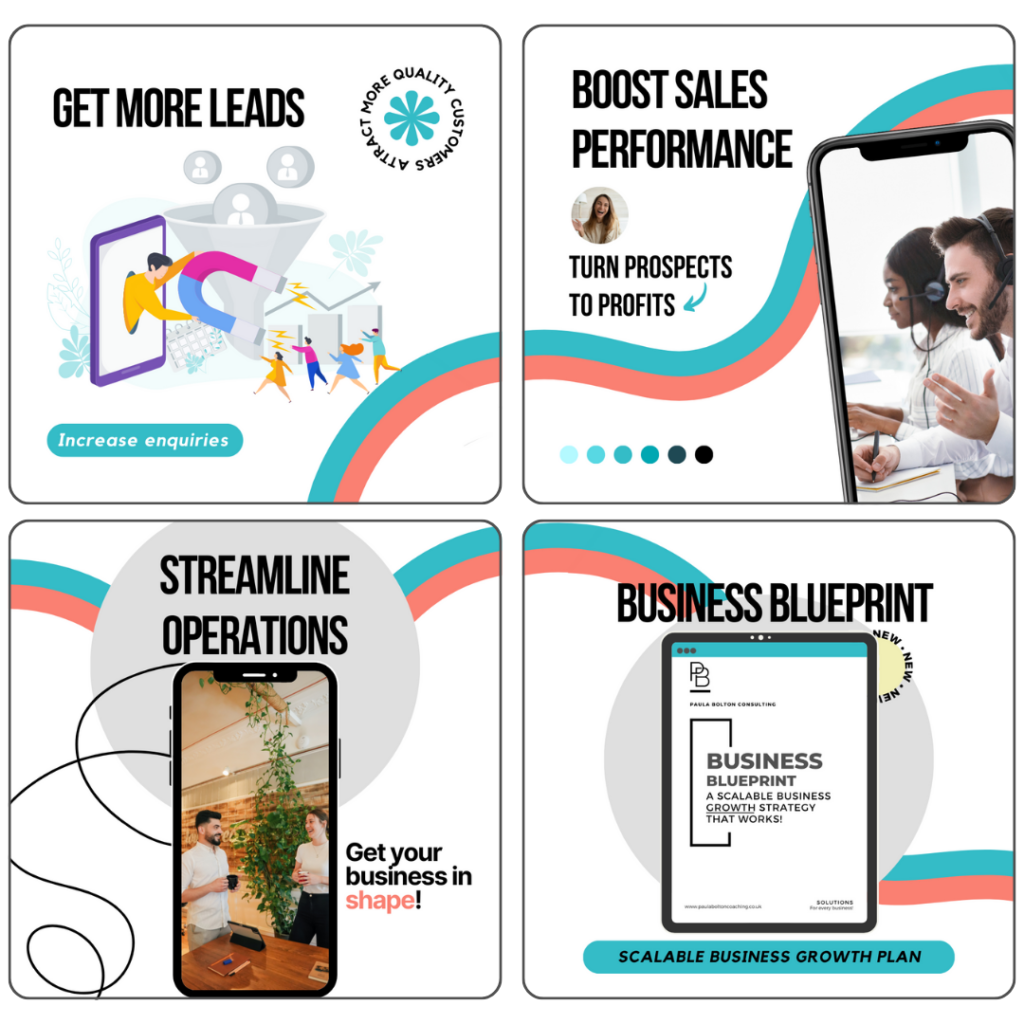Creating a business plan is one of the most critical steps in starting or growing a business.
It’s more than just a document; it’s your roadmap, outlining your goals, strategies, and the steps necessary for success.
Here we will walk you through how to write a business plan, covering essential components to build a solid foundation.
Whether you’re looking for a business plan template, a 1-page business plan that you can review daily, or a detailed 5-page business plan, this guide will help you get started.
I’ve written many business plans over the years and always found them invaluable.
There’s nothing negative to gain from working on your business instead of just in it.
The process of drafting a business plan allows you to step back, strategise, and view your business through a wider lens.
If you’re just starting out, use your business plan to be creative and strategic while basing it on thorough research, experience, and intuition.
On the other hand, if you already have a business but want to refine it or elevate it to the next level, this guide will help you identify what works, what doesn’t, and how to expand further.
So, if you’re ready to learn how to write a business plan, let’s break down each section to ensure your business has a clear and strategic path to success.
Why is a business plan essential?
A business plan serves several vital purposes:
- Clarifies your vision: Clearly articulates your business idea and strategic path to success.
- Guides growth: Provides a structured roadmap for scaling your business.
- Attracts investors: Essential for securing funding from investors and lenders.
- Manages risks: Identifies potential challenges and outlines risk mitigation strategies.
Getting started:
How to write a business plan
Before you begin, decide on the type of business plan that best suits your needs:
- 1-page business plan: Perfect for quick, straightforward planning and day-to-day reference. Ideal for startups looking for a simple overview.
- 5-page business plan: A more detailed option for established businesses or those requiring in-depth analysis and planning.
To help you get started, download one of our business plan templates by entering your email. We promise we won’t share your details with anyone else.
Download our 5-Page Business Plan: Streamline your business strategy for success

1: Executive Summary
The Executive Summary is the first section of your business plan, but it’s best to write it last to ensure it captures the most crucial points. This section provides an overview of your entire business plan and is designed to grab the reader’s attention.
It should be concise yet comprehensive enough to give a snapshot of your business, your goals, and your plans for achieving them.
What to include:
- Business name: The official name of your business.
- Business overview: A brief description of what your business does and why it stands out.
- Mission statement: A clear, compelling statement of your business’s purpose and core values.
- Vision statement: Where you see your business in the future and your long-term aspirations.
- Products/services: What you offer and the unique value it brings to your customers.
- Financial highlights: Key financial data and projections that indicate the potential success of your business.
- Key objectives: Your short-term and long-term goals.
Tips for writing an effective Executive Summary:
- Keep it concise: Ensure it covers the main points without unnecessary detail.
- Be persuasive: Highlight what makes your business compelling, especially if you are seeking investment.
- Use a strong opening: Start with a hook that grabs the reader’s interest, such as an impressive fact or a powerful statement about your business.
- Summarise key data: Mention projected revenues, market position, or growth rate, if applicable.
- Showcase your unique selling points: Make it clear what sets your business apart from the competition.
2: Business description
This section provides a deeper dive into your business. It’s where you describe your business in more detail, including its structure, the market it operates in, and your business model.
What to include:
- Business structure: Legal format (e.g., sole proprietorship, limited company).
- Market needs: The problem your business addresses.
- Solution: How your business meets these needs.
- Business model: Revenue generation strategy.
Example:
- Business structure: Limited company.
- Market needs: Many small UK businesses struggle with strategic planning.
- Solution: Comprehensive consulting services that guide businesses in creating detailed plans and growth strategies.
- Business model: Consulting fees based on project scope.
3: Market analysis
Understanding your market is crucial for the success of your business. This section involves researching your industry, target market, and competitors.
This section should be data-driven and insightful.
What to Include:
- Industry overview: Key trends, growth statistics, and main players.
- Target market: Demographics, customer needs, and pain points.
- Competitor analysis: Strengths, weaknesses, and your competitive edge.
Tips for research:
- Use resources like IBISWorld, Statista, and industry reports.
- Utilise Google Analytics, social media insights, and customer surveys.
- Conduct a SWOT analysis for competitor insights.
4: Organisation and management
Detail the structure of your business and introduce the team, partners and associates that will help run it. This section should highlight the experience and skills of you and your team.
What to Include:
- Organisational structure: Diagram or description of your company’s hierarchy.
- Team members: Key roles and bios of your management team.
- Advisors: Any external advisors or board members.
Download our 5-Page Business Plan: Streamline your business strategy for success

5: Products or services
Describe what you are selling or offering. This section should explain the benefits of your products or services and how they meet the needs of your target market; think about it in terms of what pains your helping your customers resolve.
What to include:
- Product/Service description: Detailed descriptions of your offerings.
- Benefits: How your products/services solve problems or pain points for your customers.
- Lifecycle: Where your products/services are in their lifecycle (e.g., development, growth, maturity).
- Research and development: Ongoing research and development plans.
Example:
- Description: Business coaching, strategic consulting, market analysis.
- Benefits: Clarifies vision, sets achievable goals, and implements growth strategies.
- Lifecycle: Growth stage with increasing demand.
- R&D: Continuous improvement and trend updates.
6: Marketing and sales strategy
Outline your strategy for attracting and retaining customers. This section should cover your marketing and sales plans.
What to Include:
- Marketing Strategy: How you will promote your business (e.g., digital marketing, social media, PR).
- Sales Strategy: Your approach to selling your products/services.
- Sales Goals: Specific targets for your sales efforts.
Example:
- Marketing strategy: Webinars, SEO, social media, and content marketing.
- Sales strategy: Relationship-focused or customer-centric selling tailored to small businesses.
- Sales goals: 50 new clients in the first year, generating £550,000.
Enhance your business strategy with our simple
1-Page Business Plan Template.
It’s designed to help you streamline your business strategy for quick viewing every day.
Download our 1-Page Business Plan: Gain clarity and envision your overall strategy on 1 page

7: Financial projections
Financial projections are essential for understanding the viability of your business. This section should include detailed financial forecasts.
What to Include:
- Revenue model: How your business will make money.
- Funding requirements: How much capital you need and how it will be used.
- Financial statements: Projected income, balance sheet, and cash flow.
- Break-even analysis: When your business will become profitable.
Example:
- Revenue model: Consulting fees between £450 and £20,000 per project.
- Funding requirements: £100,000 for start-up and marketing.
- Financial projections:
- Income statement: Annual revenue of £500,000 with a 20% profit margin.
- Balance sheet: Assets of £200,000 and liabilities of £50,000.
- Cash flow: Positive operational cash flow.
- Break-even analysis: Achievable within 18 months.
8: Appendix
The appendix contains any additional information that supports your business plan. This can include resumes, permits, legal documents, and other relevant data.
What to Include:
- Resumes: Key team members’ profiles.
- Permits/licenses: Required legal documentation.
- Additional data: In-depth market research, detailed financial forecasts.
Example:
- Resumes: Profiles of Paula Bolton and key team members.
- Permits/licenses: Proof of our legal structure and necessary business licenses.
- Additional data: Market analysis and financial projections.
Writing a business plan might seem daunting, but breaking it down into these manageable sections can make the process more straightforward.
Remember, your business plan is a living document that should evolve as your business grows.
Many business owners struggle with knowing where to start, how to structure their plan, and ensuring it covers all necessary aspects.
At Paula Bolton Consulting, we understand these challenges and are here to help you navigate through them. Whether you need guidance on research, strategy formulation, or financial projections, we can get you on the right track.
Schedule a free 30-minute consultation with us today
Let us help you create a business plan that sets you up for success.
Get started now by scheduling your consultation!








